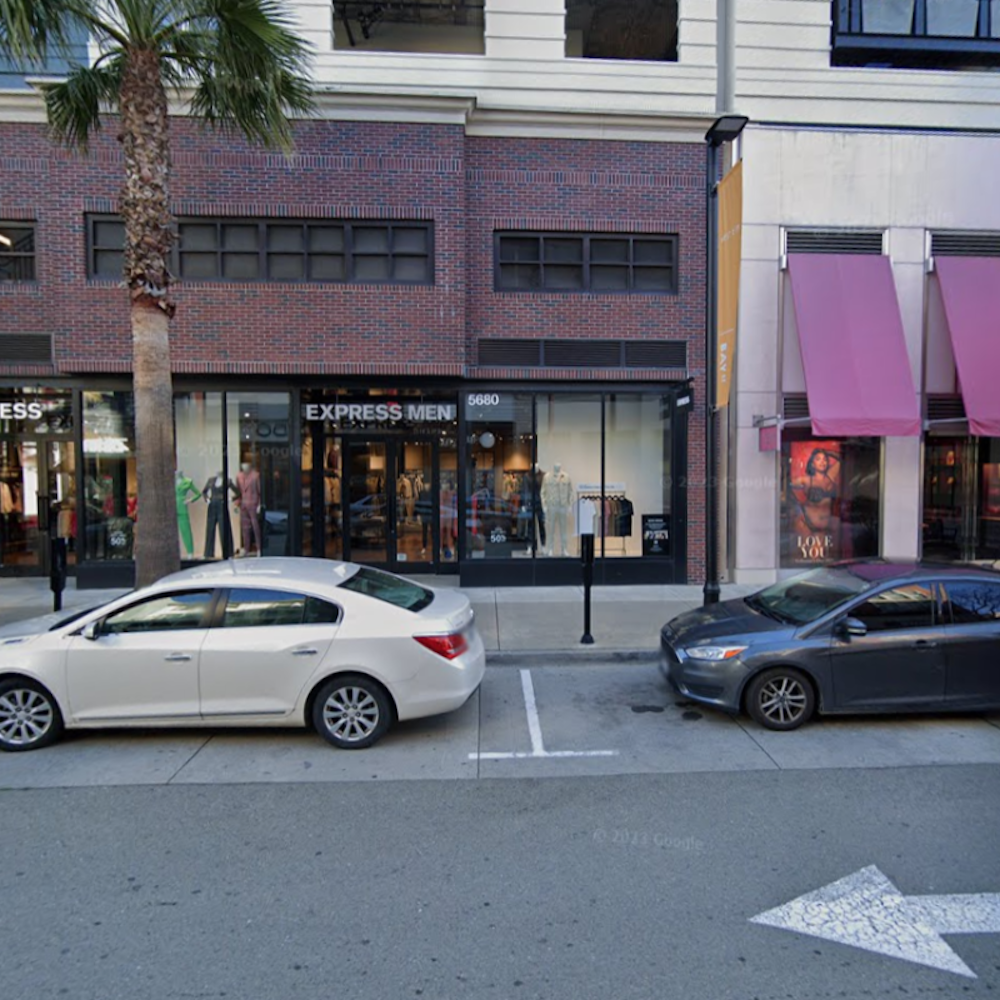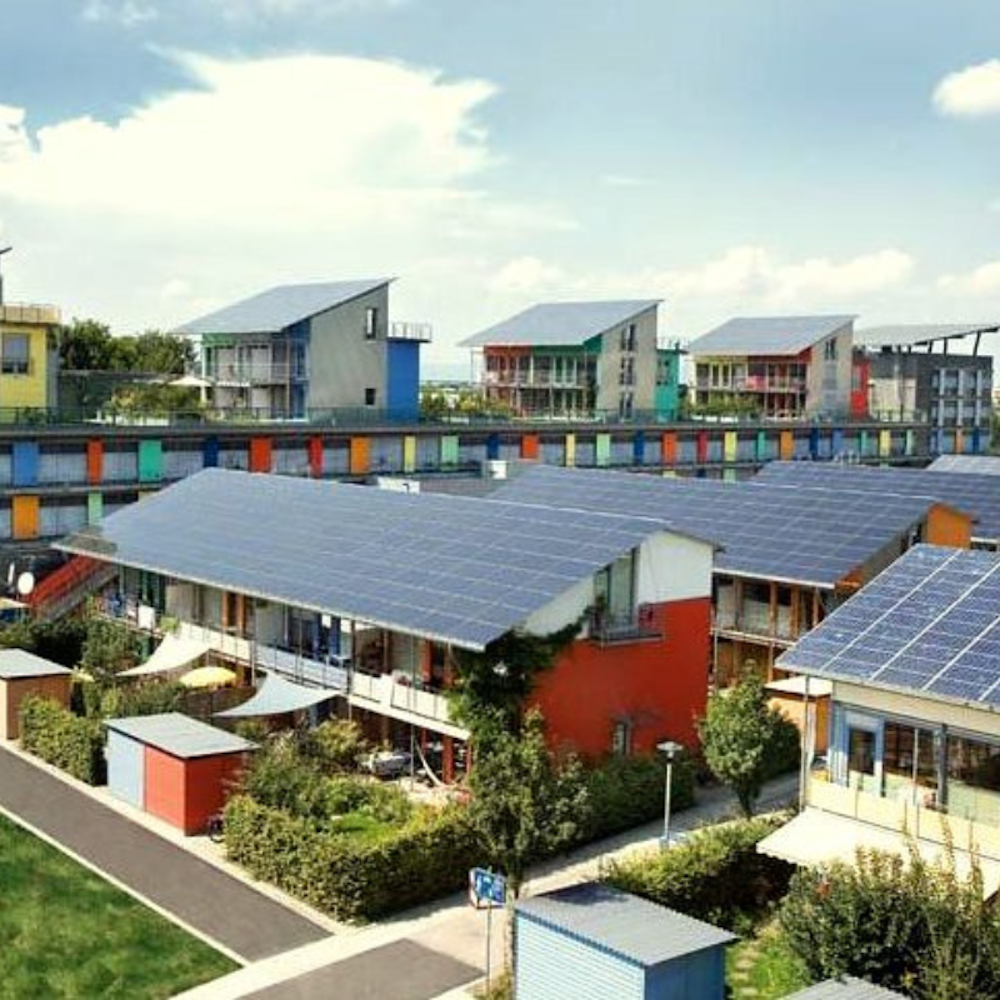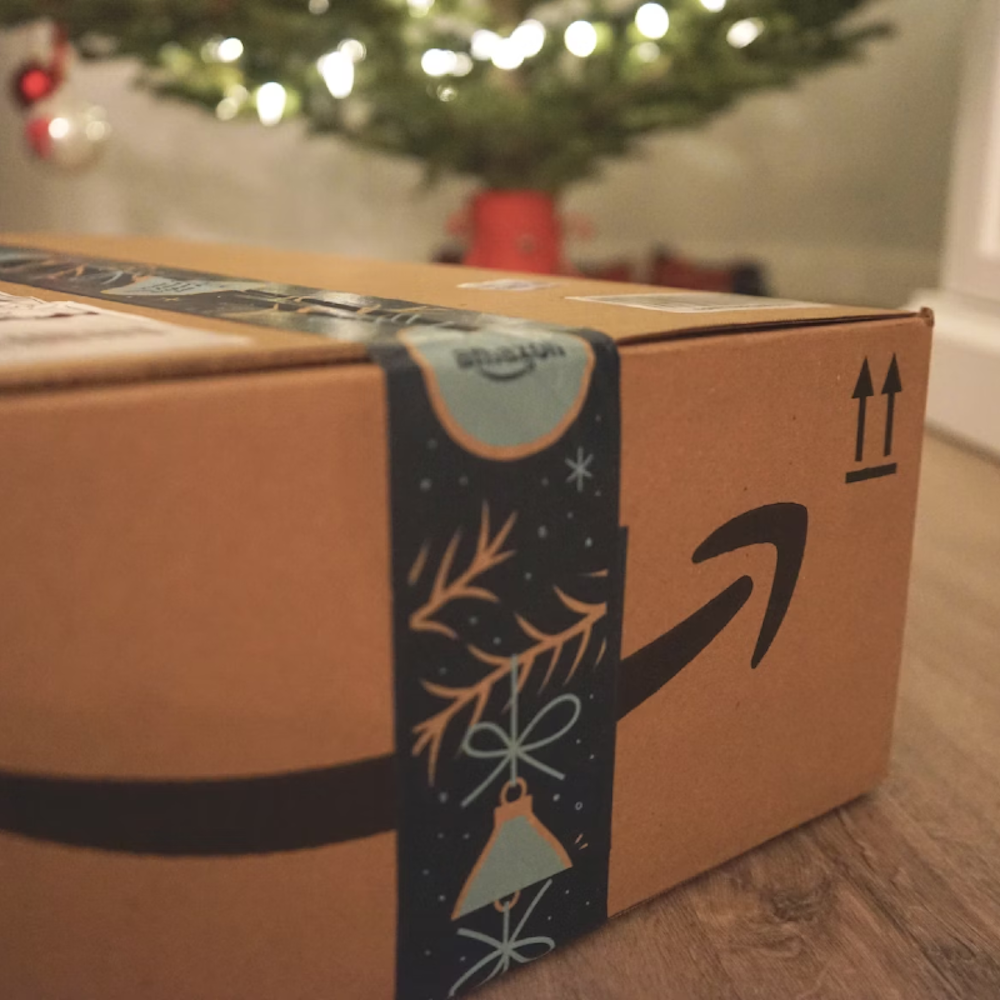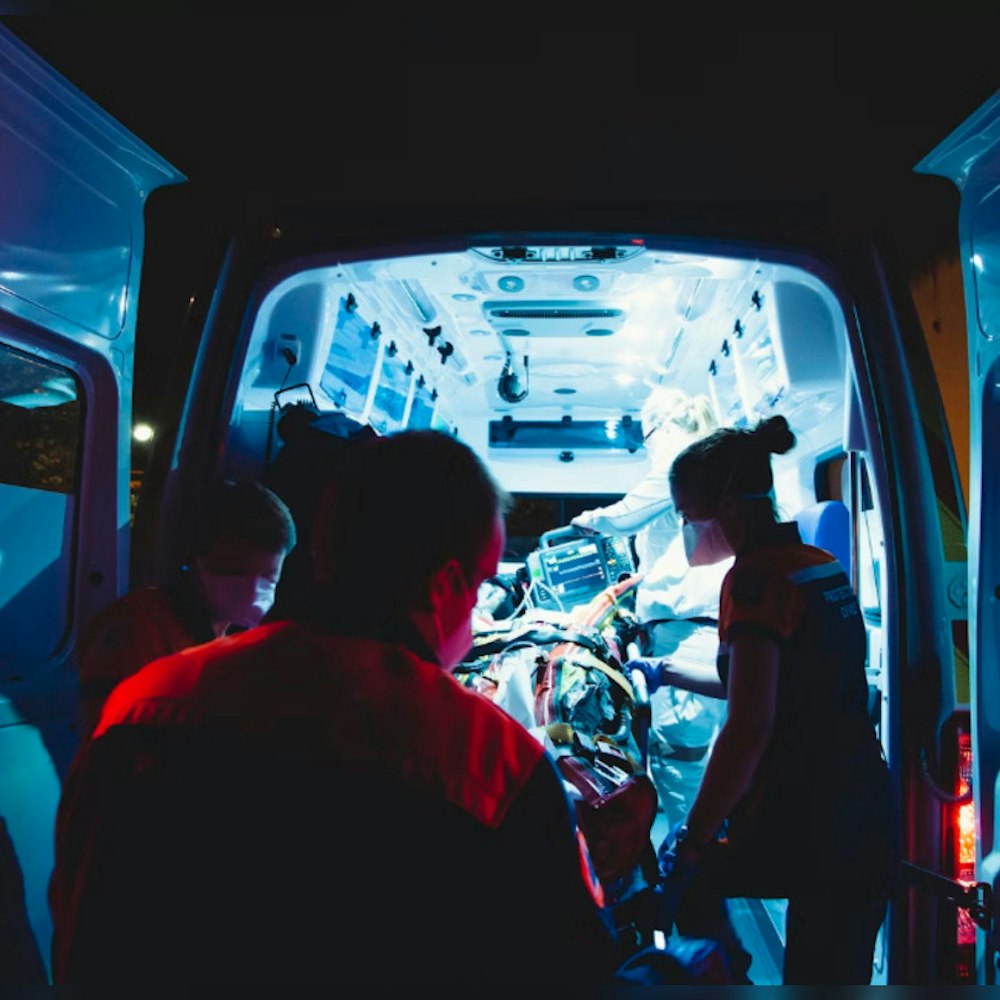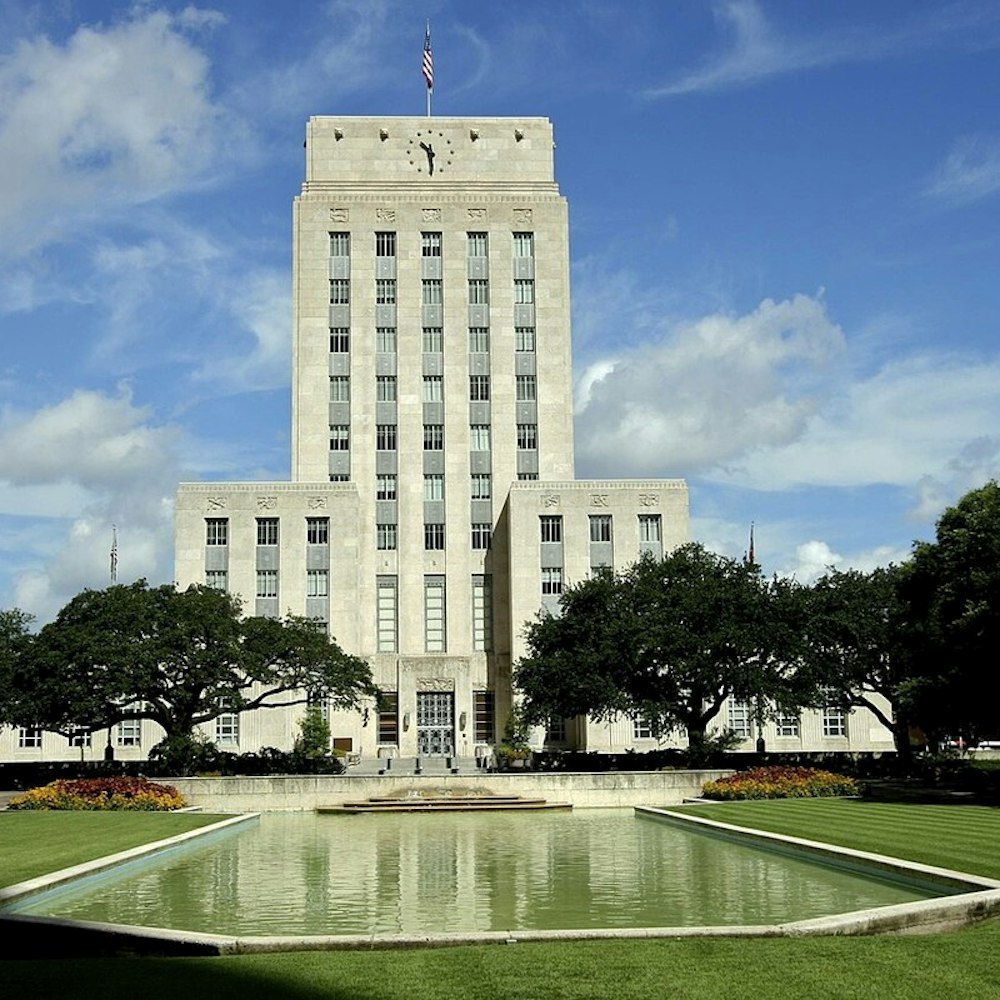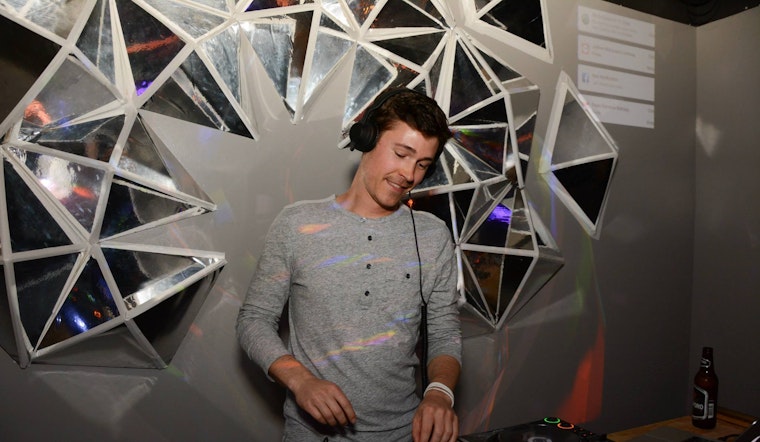
Narrow and coated in graffiti, Heron Street can feel a little intimidating to the uninitiated. But when you venture down the alley, you’ll find a brick façade and arched windows, gorgeously adorned with trumpet vine. It’s the entrance to Heron Arts. Where fire engines once parked, there are massive bronze sculptures inhabiting the space, some over 10 feet tall and over 2,500 pounds, and all large enough for an adult to climb on.
Mark Slee founded Heron Arts in 2013, and in many respects, its function is a direct reflection of his work. Before opening the gallery, Slee had built a successful 15-year career as a music producer and DJ. He was already an integral part of the Bay Area house music scene when, in 2008, he co-founded House Heads, a San Francisco DJ crew known for throwing parties all over the U.S. He creates visual art as well.
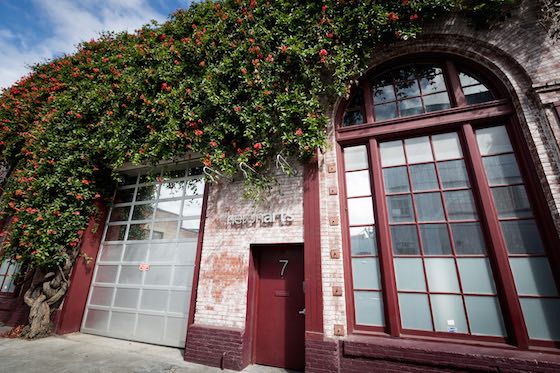 Photo: Via Heron Arts
Photo: Via Heron Arts
“I’m always involved with a lot of projects,” Slee says. “Now, most of my time goes to managing the gallery as a visual arts space and a place to host events, bouncing between the two, but I haven’t stopped making music or performing.”
Tonight at Mezzanine, Slee is opening for Guy Gerber, an Israeli DJ, Ibeza mainstay and onetime Diddy collaborator known for incorporating synthesizers and live instrumentation into his beats, and Mathew Dear, a dance music producer who has had remixes commissioned by artists like The XX and Spoon.

Heron Arts. (Photo: Rob Grozkowski)
Motivated by his penchant for hosting parties and performing, Slee invested in extensive renovations to make Heron Arts equal parts gallery and event space. “Half of the gallery is more community-oriented, where we’ll bring in local artists, Bay Area people or those with connections here,” Slee explains. “Another half is a more traditional gallery for established professional artists.”
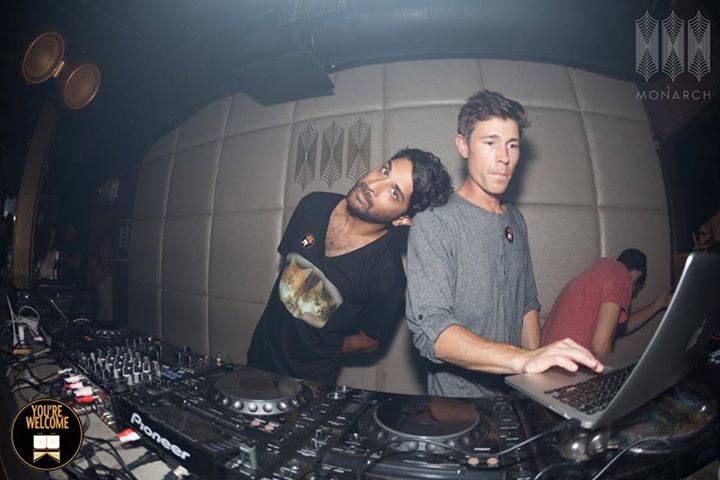 Slee, right, with fellow DJ Atish Mehta at a recent show at Monarch. (Photo: Via You're Welcome)
Slee, right, with fellow DJ Atish Mehta at a recent show at Monarch. (Photo: Via You're Welcome)
A recent Wayne White show was a hit, with some guests going so far as to fly in to see the work of the L.A.-based artist and former set designer for Pee-Wee’s Playhouse. The painter created 20-foot cardboard puppets that worked on a system of pulleys; guests could tug on one pulley and a character would pull his boot on and off. (Check out our interview with White and tour of the exhibit from June.)
Given its location, the gallery doesn’t receive many walk-ins or tourists. “We have open hours, but not a typical 9-5 thing. It’s centered around moments like these events that we host. It’s a bit like DJing, where you’re reading a room and tracking where the energy is and figuring out where you can take it.”
The party for the Mars Molecule Project, the huge brass molecule-esque sculptures by Mario Martinez that showed up at Burning Man before appearing in the gallery, was one such event, drawing roughly 1,000 guests.
 A cardboard puppet at White's Heron Arts exhibit. (Photo: Stephen Jackson/Hoodline)
A cardboard puppet at White's Heron Arts exhibit. (Photo: Stephen Jackson/Hoodline)
The next event, November 7th's “The New Orleanian,” is all about New Orleans. The Rebirth Brass Band will play on an outdoor stage in the alley, while Boxing Room serves up New Orleans cuisine. The gallery has partnered with Noah Antieau of Red Truck Gallery, a curator who is working with Tova Lobatz, a director at Heron Arts. He'll bring Crescent City artwork with him to San Francisco to display.
Slee admits to being a little mystified by the art world, while understanding the challenges that every business in San Francisco has to grapple with. “The narrative is there, about artists getting pushed out,” he allows. “I think about that stuff because I’m swimming upstream a bit. But I also think that somebody’s got to do it.”
As such, he’s approached it in a way that’s familiar to him. “That’s tied to my background in parties. And in some ways, to skateboarding,” Slee says. “When I was growing up, skateboarding had this streak where it was a little rebellious, fiercely independent, and trying to prove something without being sure about what it is you’re proving or who you’re proving it to.”
Teraxicum, one of Slee's visual art pieces.
Slee grew up in the Chicago suburbs, moved to San Francisco shortly after college, and worked in software for several years before devoting his full energy to art, music, and staging house music parties. “SF is the only place where what I’m doing is stereotypical,” Slee says. “The city supports so many things and embraces quirkiness, so it’s not a coincidence that I ended up here. After 10 years, it feels like home, and I don’t see myself living anywhere else.”
In those early years, he and his friends spent night after night at 222 Hyde, a tiny, now-closed dance club in the Tenderloin. (It's currently The Basement.) “I loved it. You couldn’t fit more than 100 people crammed in there,” Slee recalls. “Everyone called it ‘the techno Cheers,’ because you knew all the people there. It was about the community as well as music. I don’t know if it could have existed in a larger city like New York—niche culture thrives because smaller scenes get to know each other at smaller events.”
There have been shifts in the scene and the music since then, and Slee is fascinated by its evolution. “It’s interesting seeing dance and house music genres get into more melodic sound, and then it runs in the opposite direction, where it’s stripped down or tribal,” he explains. “Then melody is back in, and people remember. I’ve been obsessively listening to underground dance music for about 15 years and feel like I’ve seen almost two full cycles. You can draw analogies to fashion, how retro fashions are reinterpreted and re-appropriated over time.”
A lot of dance music is what Slee calls “body music” that has a singular purpose: to make you move. On the other end of the spectrum there’s more cerebral music that is heavy, challenging, and can feel a little mechanical. Getting any artist or tastemaker to describe what he or she likes and why is always challenging, but Slee indulges when asked: “The music I like is a mix of cerebral but also emotional,” he says. “Ethereal comes up a lot with me-- music that floats around, is a little mysterious, makes me feel wonder, awestruck, or enchantment. Like you can’t quite put your finger on why it feels magical.” He laughs. “That sounds fluffy and vague, yeah, but that’s why I like it.”
While he once dedicated more of his time to making and performing dance music or planning parties from the Bay Area to South Africa, Slee’s focus for now and the foreseeable future is all about working with the next batch of artists that the gallery will host—and hosting the party people that will come to dance and soak up the environment. To him, that process is similar to making music and presents a challenge that keeps him motivated.
“That’s the thing about events: as soon as one is done, you think about the next. When you’re DJing and have a good set on a good night, you’re not content,” he explains. “Every set or song you make has things you’d change in retrospect, but what I enjoy about music and art and events is this chance to go back to the drawing board. Mistakes don’t have to be carried with you. I’m going to make the next track, the next event, even better.”
You can hear Mark Slee’s music tonight at Mezzanine or on Soundcloud. Heron Arts is located at 7 Heron Street.

